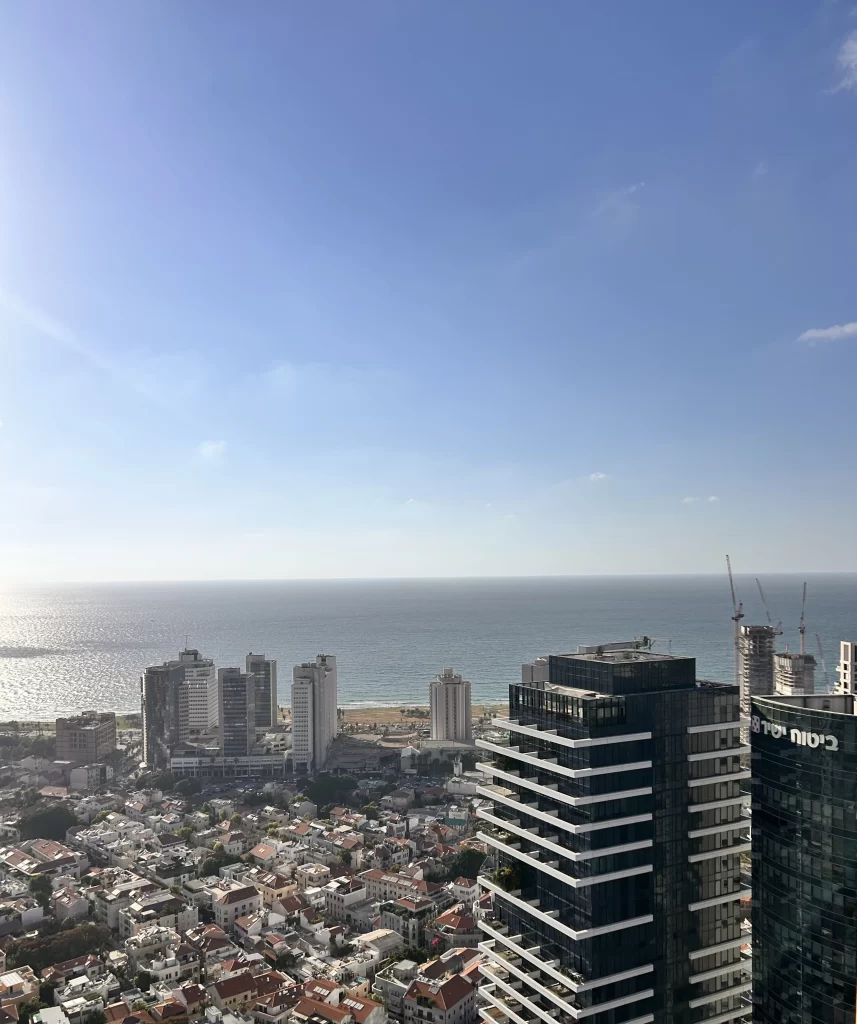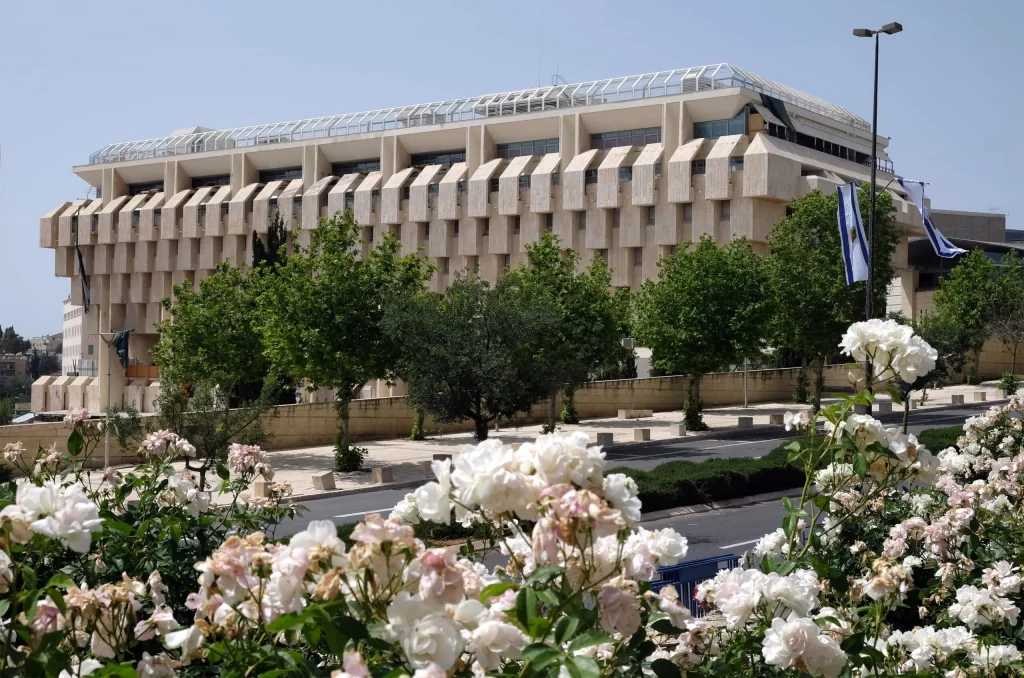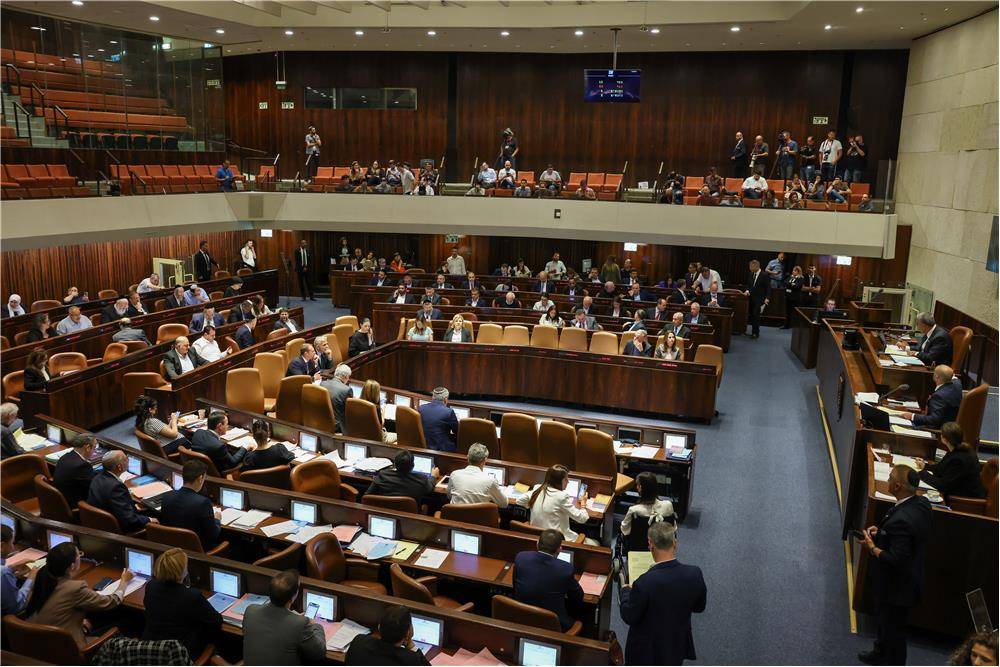the israeli shekel
the israeli shekel
the israeli shekel
the israeli shekel
the israeli shekel
the israeli shekel
the israeli shekel
the israeli shekel
the israeli shekel
the israeli shekel
the israeli shekel
the israeli shekel
the israeli shekel
the israeli shekel
the israeli shekel
the israeli shekel
the israeli shekel
the israeli shekel
the israeli shekel
the israeli shekel
the israeli shekel
the israeli shekel
the israeli shekel
the israeli shekel
the israeli shekel
the israeli shekel
the israeli shekel
the israeli shekel
the israeli shekel
Currency Exchange - Refers to the practice of exchanging one currency for another, important for understanding the value of the shekel in international markets.
Currency Exchange - Refers to the practice of exchanging one currency for another, important for understanding the value of the shekel in international markets.
Currency Exchange - Refers to the practice of exchanging one currency for another, important for understanding the value of the shekel in international markets.
Currency Exchange - Refers to the practice of exchanging one currency for another, important for understanding the value of the shekel in international markets.
Currency Exchange - Refers to the practice of exchanging one currency for another, important for understanding the value of the shekel in international markets.
Currency Exchange - Refers to the practice of exchanging one currency for another, important for understanding the value of the shekel in international markets.
Bank of Israel - The central bank of Israel, responsible for issuing and managing the shekel.
Bank of Israel - The central bank of Israel, responsible for issuing and managing the shekel.
Bank of Israel - The central bank of Israel, responsible for issuing and managing the shekel.
Bank of Israel - The central bank of Israel, responsible for issuing and managing the shekel.
Bank of Israel - The central bank of Israel, responsible for issuing and managing the shekel.
Bank of Israel - The central bank of Israel, responsible for issuing and managing the shekel.
New Shekel (NIS) - The modern form of the Israeli currency, abbreviated as NIS (New Israeli Shekel).
New Shekel (NIS) - The modern form of the Israeli currency, abbreviated as NIS (New Israeli Shekel).
New Shekel (NIS) - The modern form of the Israeli currency, abbreviated as NIS (New Israeli Shekel).
New Shekel (NIS) - The modern form of the Israeli currency, abbreviated as NIS (New Israeli Shekel).
New Shekel (NIS) - The modern form of the Israeli currency, abbreviated as NIS (New Israeli Shekel).
New Shekel (NIS) - The modern form of the Israeli currency, abbreviated as NIS (New Israeli Shekel).
Agorot - Subunit of the shekel, with 100 agorot equal to one shekel.
Agorot - Subunit of the shekel, with 100 agorot equal to one shekel.
Agorot - Subunit of the shekel, with 100 agorot equal to one shekel.
Agorot - Subunit of the shekel, with 100 agorot equal to one shekel.
Agorot - Subunit of the shekel, with 100 agorot equal to one shekel.
Agorot - Subunit of the shekel, with 100 agorot equal to one shekel.
Inflation Rate - Important for understanding the purchasing power of the shekel.
Inflation Rate - Important for understanding the purchasing power of the shekel.
Inflation Rate - Important for understanding the purchasing power of the shekel.
Inflation Rate - Important for understanding the purchasing power of the shekel.
Inflation Rate - Important for understanding the purchasing power of the shekel.
Inflation Rate - Important for understanding the purchasing power of the shekel.
Forex Market - Where currencies, including the shekel, are traded internationally.
Forex Market - Where currencies, including the shekel, are traded internationally.
Forex Market - Where currencies, including the shekel, are traded internationally.
Forex Market - Where currencies, including the shekel, are traded internationally.
Forex Market - Where currencies, including the shekel, are traded internationally.
Forex Market - Where currencies, including the shekel, are traded internationally.
Economic Stability - Affects the strength and reliability of the shekel.
Economic Stability - Affects the strength and reliability of the shekel.
Economic Stability - Affects the strength and reliability of the shekel.
Economic Stability - Affects the strength and reliability of the shekel.
Economic Stability - Affects the strength and reliability of the shekel.
Economic Stability - Affects the strength and reliability of the shekel.
Exchange Rate - The value of the shekel against other currencies.
Exchange Rate - The value of the shekel against other currencies.
Exchange Rate - The value of the shekel against other currencies.
Exchange Rate - The value of the shekel against other currencies.
Exchange Rate - The value of the shekel against other currencies.
Exchange Rate - The value of the shekel against other currencies.
Israeli Economy - The overall economic environment in Israel, which impacts the value of the shekel.
Israeli Economy - The overall economic environment in Israel, which impacts the value of the shekel.
Israeli Economy - The overall economic environment in Israel, which impacts the value of the shekel.
Israeli Economy - The overall economic environment in Israel, which impacts the value of the shekel.
Israeli Economy - The overall economic environment in Israel, which impacts the value of the shekel.
Israeli Economy - The overall economic environment in Israel, which impacts the value of the shekel.
Monetary Policy - Decisions by the Bank of Israel that affect the shekel's value.
Monetary Policy - Decisions by the Bank of Israel that affect the shekel's value.
Monetary Policy - Decisions by the Bank of Israel that affect the shekel's value.
Monetary Policy - Decisions by the Bank of Israel that affect the shekel's value.
Monetary Policy - Decisions by the Bank of Israel that affect the shekel's value.
Monetary Policy - Decisions by the Bank of Israel that affect the shekel's value.
Tourism in Israel - Involves exchange of foreign currencies into shekels.
Tourism in Israel - Involves exchange of foreign currencies into shekels.
Tourism in Israel - Involves exchange of foreign currencies into shekels.
Tourism in Israel - Involves exchange of foreign currencies into shekels.
Tourism in Israel - Involves exchange of foreign currencies into shekels.
Tourism in Israel - Involves exchange of foreign currencies into shekels.
International Trade - Involves transactions in shekels for Israeli exports and imports.
International Trade - Involves transactions in shekels for Israeli exports and imports.
International Trade - Involves transactions in shekels for Israeli exports and imports.
International Trade - Involves transactions in shekels for Israeli exports and imports.
International Trade - Involves transactions in shekels for Israeli exports and imports.
International Trade - Involves transactions in shekels for Israeli exports and imports.
Investment in Israel - Foreign investments often require conversion to shekels.
Investment in Israel - Foreign investments often require conversion to shekels.
Investment in Israel - Foreign investments often require conversion to shekels.
Investment in Israel - Foreign investments often require conversion to shekels.
Investment in Israel - Foreign investments often require conversion to shekels.
Investment in Israel - Foreign investments often require conversion to shekels.
Middle East Finance - The shekel's role in regional economics.
Middle East Finance - The shekel's role in regional economics.
Middle East Finance - The shekel's role in regional economics.
Middle East Finance - The shekel's role in regional economic.
Middle East Finance - The shekel's role in regional economics.
Middle East Finance - The shekel's role in regional economics.
Historical Shekel - Refers to the ancient form of the currency used historically in the region.
Historical Shekel - Refers to the ancient form of the currency used historically in the region.
Historical Shekel - Refers to the ancient form of the currency used historically in the region.
Historical Shekel - Refers to the ancient form of the currency used historically in the region.
Historical Shekel - Refers to the ancient form of the currency used historically in the region.
Historical Shekel - Refers to the ancient form of the currency used historically in the region.
Israeli Stocks and Bonds - Financial instruments often valued in shekels.
Israeli Stocks and Bonds - Financial instruments often valued in shekels.
Israeli Stocks and Bonds - Financial instruments often valued in shekels.
Israeli Stocks and Bonds - Financial instruments often valued in shekels.
Israeli Stocks and Bonds - Financial instruments often valued in shekels.
Israeli Stocks and Bonds - Financial instruments often valued in shekels.
Cost of Living in Israel - Often analyzed in terms of shekel expenditures.
Cost of Living in Israel - Often analyzed in terms of shekel expenditures.
Cost of Living in Israel - Often analyzed in terms of shekel expenditures.
Cost of Living in Israel - Often analyzed in terms of shekel expenditures.
Cost of Living in Israel - Often analyzed in terms of shekel expenditures.
Cost of Living in Israel - Often analyzed in terms of shekel expenditures.
Import and Export Prices - Affects and is affected by the value of the shekel.
Import and Export Prices - Affects and is affected by the value of the shekel.
Import and Export Prices - Affects and is affected by the value of the shekel.
Import and Export Prices - Affects and is affected by the value of the shekel.
Import and Export Prices - Affects and is affected by the value of the shekel.
Import and Export Prices - Affects and is affected by the value of the shekel.
Remittances - Money sent to or from Israel, usually converted to or from shekels.
Remittances - Money sent to or from Israel, usually converted to or from shekels.
Remittances - Money sent to or from Israel, usually converted to or from shekels.
Remittances - Money sent to or from Israel, usually converted to or from shekels.
Remittances - Money sent to or from Israel, usually converted to or from shekels.
Remittances - Money sent to or from Israel, usually converted to or from shekels.
Economic Indicators - Various metrics that can impact the strength and stability of the shekel.
Economic Indicators - Various metrics that can impact the strength and stability of the shekel.
Economic Indicators - Various metrics that can impact the strength and stability of the shekel.
Economic Indicators - Various metrics that can impact the strength and stability of the shekel.
Economic Indicators - Various metrics that can impact the strength and stability of the shekel.
Economic Indicators - Various metrics that can impact the strength and stability of the shekel.
The Israeli Shekel
The relative weakness of the Israeli shekel and the ensuing inflationary pressures initially started by the opposition to the proposed judicial reform and which culminated with the onset of the conflict has now dissipated. The swift implementation of concrete and credible steps, as well as the steadfast commitment of the Bank to Israel to monetary restraint have sparked a steep reversal of the currency depreciation. We anticipate the shekel to show further strength as the Gaza strip is pacified and a sense of normalcy is regained.
It is very clear that the government’s decision to avoid inflation and depreciation was informed by the mistakes made in the aftermath of the Yom Kippur war. Despite the circumstances being wildly different, fiscal and monetary restraints are proving to be decisive in keeping the economy running while our soldiers are fighting the terrorists of Hamas.
The initial scare that the conflict could potentially spread to the region and the world has been tamed and contained.
Some historical background:
The Yom Kippur War impact on the economy and the shekel
The Yom Kippur War, which took place in October 1973, had profound and far-reaching effects on Israel’s economy, particularly on its monetary policy, inflation, and exchange rates. Given the complexity and depth of this topic, a detailed analysis requires a thorough examination of several key aspects.
Inflation Environment at the Onset of the War
At the onset of the Yom Kippur War, Israel’s economy was already grappling with inflationary pressures. The period leading up to 1973 saw a gradual increase in inflation rates, driven primarily by government spending, which was heavily focused on defense and social welfare programs. The spending was financed largely through borrowing and money printing, which laid the groundwork for higher inflation.
Central Bank of Israel’s Response During the War
The Central Bank of Israel faced significant challenges during the war. The immediate need was to finance the war effort, which led to increased government borrowing. The bank had to balance this with the need to control inflation. However, the priority given to military expenditure and the urgency of the situation led to a relaxation of monetary controls, resulting in an acceleration of inflation.
Impact on Exchange Rate
The war also had a profound impact on Israel’s exchange rate. The Israeli pound (later replaced by the shekel in 1980) was under pressure due to increased military expenditure and the resulting expansion of the money supply. Moreover, the uncertainty and risk associated with the war led to a lack of confidence in the Israeli currency, putting further downward pressure on its value.
Post-War Economic Scenario
Inflation in the Months and Years Following the War
The post-war period saw a continuation and intensification of inflationary trends. The cost of the war, coupled with ongoing defense spending, kept the government’s budget heavily in deficit. The Central Bank continued to support government borrowing, which further fueled inflation. By the late 1970s, Israel was experiencing hyperinflation.
State of the Economy
The Israeli economy in the months and years following the war was marked by several challenges. Apart from high inflation, there were issues of unemployment and slow growth. The war had drained significant resources, and the economy struggled to recover and return to a peacetime footing.
Exchange Rate and Currency Stability
The pressure on the Israeli pound continued in the post-war period. The Central Bank faced the difficult task of stabilizing the currency amidst high inflation and economic uncertainty. Frequent devaluations were used to adjust the exchange rate, but this also contributed to inflationary pressures.
Long-Term Implications
Economic Reforms and Stabilization
The challenges faced by the Israeli economy in the wake of the Yom Kippur War eventually led to significant economic reforms. These included measures to reduce government spending, tighten monetary policy, and stabilize the currency. The 1985 Economic Stabilization Plan, for instance, was a crucial step in curbing hyperinflation and stabilizing the economy.
Institutional Changes
The experiences of the post-war period also led to institutional changes in Israel’s economic policy framework. The role of the Central Bank was reevaluated, leading to a greater emphasis on controlling inflation and stabilizing the currency.
Long-Term Economic Growth
Despite the immediate post-war challenges, Israel’s economy demonstrated resilience and capacity for growth in the long term. The 1980s and 1990s saw significant economic development, technological advancement, and integration into the global economy.
Conclusion
The Yom Kippur War presented Israel with significant economic challenges, particularly in terms of managing inflation and stabilizing its currency. The Central Bank of Israel played a crucial role in navigating these challenges, albeit with varying degrees of success in the immediate aftermath of the war. The long-term impact of the war, however, was a series of economic reforms and institutional changes that laid the groundwork for future economic stability and growth. The resilience of Israel’s economy in the face of such adversity is a testament to the effectiveness of these reforms and the adaptability of its economic policies.
The original shekel, now known as the old shekel, was the currency of the State of Israel between 24 February 1980 and 31 December 1985. Both it and its predecessor, the Israeli pound, experienced frequent devaluations against foreign currencies during the 1960s and 1970s. This trend culminated in the old shekel experiencing hyperinflation in the early 1980s. After inflation was contained as a result of the 1985 Economic Stabilization Plan, the new shekel was introduced, replacing the old shekel on 1 January 1986 at a rate of IS 1,000 to ₪1.
So what changed this time round?
We learned over the years that there is a strong connection between the S&P and NASDAQ indices and the shekel/dollar exchange rate. This is because Israeli institutional investors react continuously to changes in the value of their foreign denominated portfolio. The data shows this pattern very clearly over the last decade or so.
This highly significant correlation however since the beginning of 2023 has weakened. This was the time period that a proposed reform of the judicial system was introduced and caused widespread opposition. The proposed reform was seen as a potentially destabilising factor by the markets. Similarly the Israeli and US US Stock markets who tend to move together also displayed a weakened connection.
According to the assessment done at the Bank of Israel, had the political turmoil not happened, and the correlation pattern continued as it had in the past prior to the proposed reform, the shekel would have actually been 15% stronger relative to the US Dollar relative to the actual September exchange rate. The shekel depreciation caused by the political unrest translated to a 1 to 1.5% increase inflation , and demonstrated the power of local events on exchange rates, inflation and therefore on policy. Despite these events, at the start of the conflict, the Israeli economy demonstrated resilience and robustness. As a global innovation and technology leader, the economy is capable to function and recover from difficult periods in the past.
Importantly, over the years Israel has shown responsible fiscal position as demonstrated by the declining path of the debt to GDP ratio. Israel entered the war with a very solid fiscal stand our debt to GDP ratio is just under 60% and a budget deficit which was expected to be 1 and a half% in 23 following a surplus in 2022 there is no doubt the war will have fiscal implications and generate budget pressures. Initial projections , as a result of the war, GDP growth is expected to shrink by 1 % in 2023 and 2024 as debt to GDP ratio is expected to rise to 65% .
As the events unfolded, the Central Bank swiftly implemented a plan to sell reserves aggressively in order to moderate the market volatility as well as supply liquidity. With over $200bn in foreign exchange reserves representing 40% of GDP , Israel has ample room to palliate abnormal currency volatility and liquidity risks.
On October 23rd the BOI kept the interest rate at 4.75% in line with its efforts to avoid significant depreciation of the currency and persevering in its deflationary efforts. In conjunction with the banking sector, the BOI implemented a program of monetary easing targeted to the military personnel and the victims of the conflict as well as the families of the hostages. These steps are extremely targeted and are not expected to have any inflationary impact.
The graph above depicts the behaviour of the shekel immediately after the onset of the last five military conflicts and for the period of 60 days following , as well as the 30 days preceding the start of the conflict.
The remarkable thing about the current conflict, is the acceleration of the depreciation which had started with the judicial reform turmoil. During the two weeks following October 7th, the magnitude and the speed of the depreciation reached a level not seen before in other conflicts. Following the concrete steps taken by the Bank of Israel the shekel rapidly appreciated, almost 10% from its trough to 3.7.
The determination of the Central Bank as well the strong economic fundamentals of the Israeli economy contributed to the swift correction. Lessons from the Yom Kippur and the ensuing economic slump prompted to the authorities to take significant and credible steps in the wake of what will be remembered as one of the darkest days in the recent history of Israel and the Jewish people.
It is early to say what the future holds. So far the northern border military activity is somewhat subdued and amounts to skirmishes, albeit frequent and dangerous. A full blown northern front would definitely spook the markets, especially because the implications in Iran and its immediate allies.
Nonetheless, as it stands, a few weeks into the conflict, the containment to the region, the monetary restraints, the swift and effective interventions of the Bank of Israel, and the cancelling of the much needed judiciary overhaul reform have all contributed to the trend reversal of the shekel.
Further out and beyond the conflict, technical analysis, the impending loosening of all the major economies monetary policies and the recovery of the Israeli economy all point to a relative appreciation of the shekel, some may argue beyond its long term trend and possibly significantly below 3.00.




























